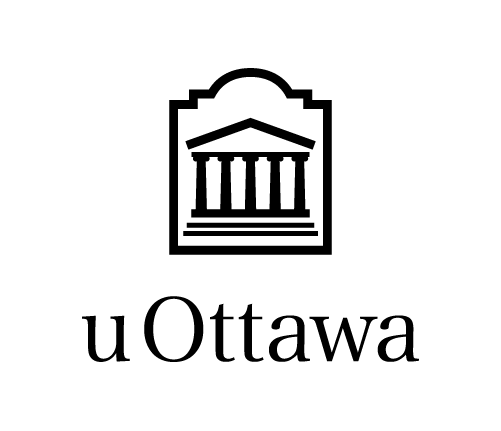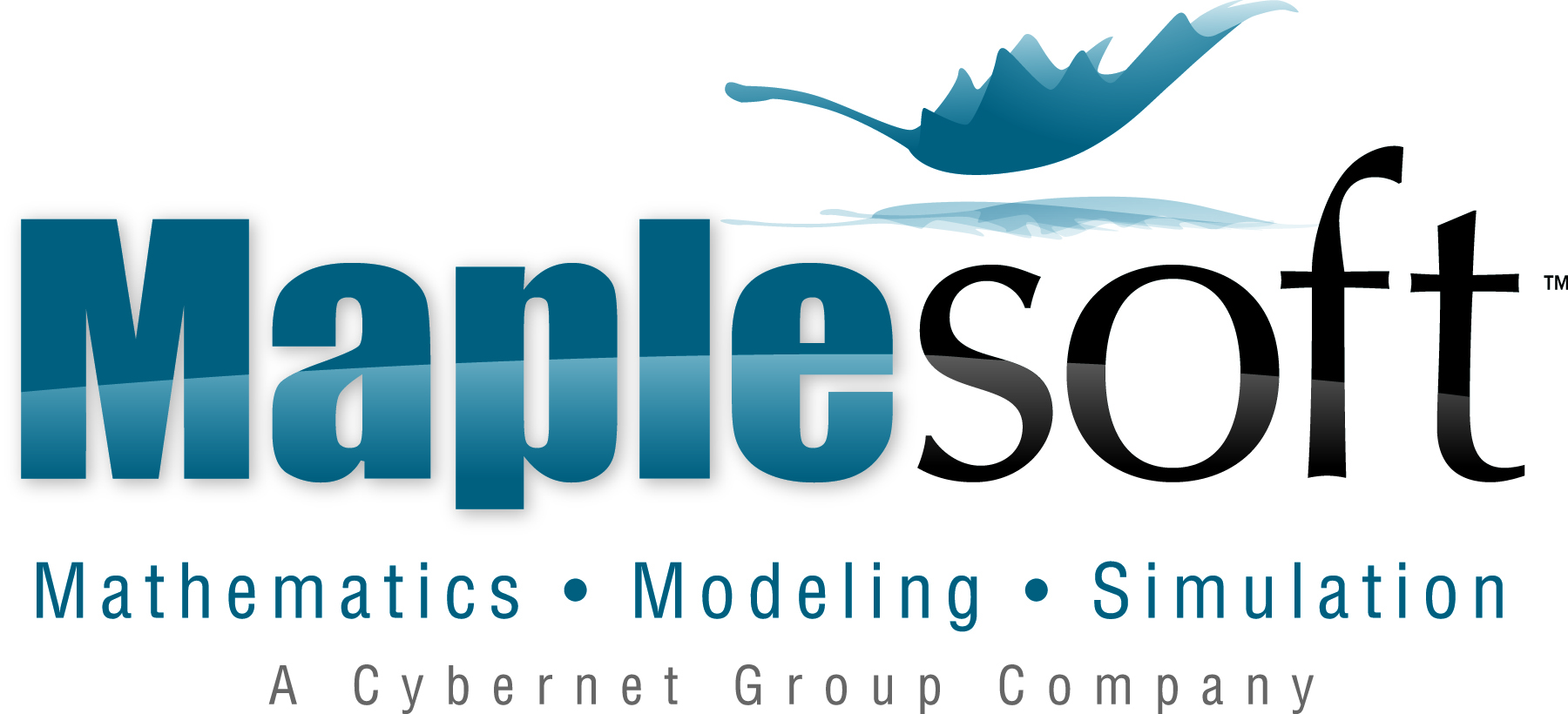2013 CMS Winter Meeting
University of Ottawa, December 6 - 9, 2013
Geometric Group Theory and Low Dimensional Topology
Org: Adam Clay (University of Manitoba), Eduardo Martinez-Pedroza (Memorial University) and Mikael Pichot (McGill University)
[PDF]
Org: Adam Clay (University of Manitoba), Eduardo Martinez-Pedroza (Memorial University) and Mikael Pichot (McGill University)
[PDF]
- ALEJANDRO ADEM, University of British Columbia
A classifying space for commutativity in Lie groups [PDF]
-
Using the varieties of commuting elements in a Lie group, we construct a classifying space for commutativity in Lie groups. Recent work shows that in fact the space is an infinite loop space.
- JASON BEHRSTOCK, City University of New York
Higher dimensional filling and divergence for mapping class groups [PDF]
-
We will discuss filling and divergence functions. We will describe their behaviors for mapping class groups of surfaces and show that these functions exhibit phase transitions at the rank, in analogy to the corresponding result for Hadamard spaces. This work is joint with Cornelia Drutu.
- IAN BIRINGER, Boston College
Intersecting finite index subgroups of a group [PDF]
-
Let G be a finitely generated group. For a natural number n, let i(n) be the index of the intersection of all subgroups of G with index at most n. In joint work with Bou-Rabee, Kassabov and Matucci, we analyze i(n) in a number of examples, including free groups and some linear groups. We'll also explain how the growth rate of i(n) determines the Hausdorff dimension of G in a profinite metric.
- NOEL BRADY, University of Oklahoma
Snowflake subgroups of CAT(0) groups [PDF]
-
We produce examples of CAT(0) groups which contain snowflake subgroups. This expands the known range of isoperimetric behavior of subgroups of CAT(0) groups. This is joint work with Max Forester.
- MATHIEU CARETTE, McGill University
Quasi-isometry and commability for groups acting on trees [PDF]
-
Commability was recently introduced as an intermediate notion between commensurability and quasi-isometry. I will describe the first examples of finitely generated groups which are quasi-isometric but not commable. I will also discuss the commability class of $F_2$ among locally compact groups. This is joint work with Romain Tessera.
- WILL CAVENDISH, McGill University
On finite derived quotients of 3-manifold groups [PDF]
-
In this talk we will investigate the following question: which finite groups appear as the quotient of the fundamental group of a closed, orientable 3-manifold by a term in its derived series? We will show that if $M$ is a closed, orientable 3-manifold, $G\cong\pi_1(M)$ and $G^{(n)}$ is the n-th term of the derived series of $G$, then the cup product paring on $H^2(G/G^{(n)})$ is isomorphic to the linking pairing on the torsion subgroup of $H_1(M)$ whenever $G/G^{(n)}$ is finite and $n$ is at least 2.
- ADAM CLAY, University of Manitoba
The Burns-Hale theorem and its generalizations [PDF]
-
The Burns-Hale theorem gives necessary and sufficient conditions for a group $G$ to be left-orderable in terms of quotients of finitely generated subgroups of $G$. A new, simple proof of this theorem has opened the door to many generalizations, some of which give clean proofs of classical results and some of which provide altogether new results. In this talk I will review a few of the possible generalizations and their consequences. This is joint work with Dale Rolfsen and Steven Boyer.
- MARK HAGEN, University of Michigan
Cubulating mapping tori of some free group endomorphisms [PDF]
-
Let $F$ be a finite-rank free group and $f:F\rightarrow F$ a
monomorphism. We show that if $f$ is irreducible and the group $G = F*_f$
is word-hyperbolic, then $G$ acts freely and cocompactly on a CAT(0) cube
complex. I will focus on some consequences and possible generalizations
of this result, and perhaps say some words about the proof. This is
joint work with Dani Wise.
- IAN HAMBLETON, McMaster University
Geometric extensions of surface groups [PDF]
-
Let $\pi$ denote the fundamental group of a closed aspherical manifold $\Sigma$. A \emph{geometric extension} of $\pi$ is a group $\Gamma$ containing $\pi$ as a normal subgroup, with finite quotient group $G$, such that the action of $G$ on $\pi$ by conjugation arises from a G-action on $\Sigma$ with non-empty fixed set. The talk will focus on geometric extensions of surface groups and discrete co-compact actions of $\Gamma$ on certain products $\mathbb R^m \times S^n$. This is joint work with Erik Pedersen.
- RICHARD GAELAN HANLON, Memorial University of Newfoundland
A Subgroup Theorem for Homological Dehn Functions [PDF]
-
Let $G$ be a group and let $H$ be a subgroup of $G$. If $G$ admits a finite $(n+1)$-dimensional $K(G,1)$ and $H$ is of type $F_{n+1}$ then $FV_H^{n+1} \preceq FV_G^{n+1}$ where $FV_H^{n+1}$ and $FV_G^{n+1}$ are the $n$-dimensional homological Dehn functions for $G$ and $H$. We give basic definitions, discuss our result and state some consequences. If time permits we will discuss an extension to groups with torsion. This is joint work with Eduardo Martinez-Pedroza.
- JOHANNA MANGAHAS, Brown University
Convex cocompactness in mapping class groups via quasiconvexity in right-angled Artin groups [PDF]
-
I'll talk about joint work with Sam Taylor. We characterize convex cocompact subgroups of mapping class groups that arise as subgroups of specially embedded right-angled Artin groups. We use this to construct convex cocompact subgroups of Mod(S) whose orbit maps into the curve complex have small Lipschitz constants.
- EDUARDO MARTINEZ-PEDROZA, Memorial University
On Subgroups of Non-positively Curved Groups [PDF]
-
If $\mathcal C$ is a class of locally finite complexes closed under taking full subcomplexes and covers and $\mathcal G$ is the class of groups admitting proper and cocompact actions on one-connected complexes in $\mathcal C$, then $\mathcal G$ is closed under taking finitely presented subgroups. As a consequence the following classes of groups are closed under taking finitely presented subgroups: groups acting geometrically on regular $CAT(0)$ simplicial complex of dimension $3$, $k$-systolic groups for $k\geq 6$ (extending a result of D. Wise), and groups acting geometrically on $2$-dimensional negatively curved complexes (extending a result of S. Gersten). This is joint work with Richard G. Hanlon.
- ALEXANDRA PETTET, University of British Columbia
The Masur criterion and the outer automorphism group of a free group [PDF]
-
The Masur criterion for the mapping class group says that the vertical foliation of a recurrent Teichmueller geodesic is uniquely ergodic. We discuss how this criterion can be adapted to the outer automorphism group of a free group acting on outer space, and sketch some applications. This is a joint project with Hossein Namazi and Patrick Reynolds.
- KASRA RAFI, University of Toronto
McMullen Polynomial for free-by-cyclic groups. [PDF]
-
A free group outer automorphism determines a free-by-cyclic group G and a homomorphism from G to Z.
When the outer automorphism can be represented by an expanding, irreducible train-track map, Dowdall-Kapovich-Leininger showed that there exists an open cone neighborhood A in Hom(G;R) with the property that for every primitive integral there is a new decomposition of G as a free-by-cyclic group inducing the that homomorphism. In this talk, we define an polynomial, that is analogous to McMullen’s Teichmæuller polynomial for fibered cones of 3-manifolds, that computes the dilatation of
outer automorphisms associated to integral points in the DLK cone. The polynomial does not depend on the choice of train
track map. This is a joint work with Yael Algom-Kfir and Eriko Hironaka.
- DALE ROLFSEN, University of British Columbia
Groups of PL homeomorphisms [PDF]
-
Let $PL(M, K)$ denote the group of orientation-preserving piecewise-linear self-homeomorphisms of a connected orientable PL manifold $M$ which are pointwise fixed on the subset $K$ of $M$. If $K$ is a nonempty codimension one or zero PL submanifold, we show that $PL(M, K)$ is locally indicable. This means that every nontrivial finitely-generated subgroup has the integers as a quotient group. By a theorem of Burns and Hale, this implies that $PL(M, K)$ is left-orderable and consequently has no elements of finite order. This is joint work with Danny Calegari.
- DMYTRO SAVCHUK, University of South Florida
Submanifold Projection for $Out(F_n)$ [PDF]
-
One of the most useful tools for studying the geometry of the mapping
class group has been the subsurface projections of Masur and Minsky. We
propose an analogue for the study of the geometry of $Out(F_n)$ called submanifold
projection. We use the doubled handlebody $M_n = \#^n S^2\times S^1$ as a geometric
model of $F_n$, and consider essential embedded 2-spheres in $M_n$, isotopy classes
of which can be identified with free splittings of the free group. We interpret
submanifold projection in the context of the sphere complex (also known as the
splitting complex). We prove that submanifold projection satisfies a number of
desirable properties, including a Behrstock inequality and a Bounded Geodesic
Image theorem. This is a joint work with Lucas Sabalka.
- ALESSANDRO SISTO, ETH Zurich
Quasi-cocycles detect hyperbolically embedded subgroups [PDF]
-
Hyperbolically embedded subgroups have been defined by Dahmani-Guirardel-Osin and they provide a common perspective on (relatively) hyperbolic groups, mapping class groups, $Out(F_n)$, CAT(0)
groups and many others.
I will sketch how to extend a quasi-cocycle on a hyperbolically embedded subgroup $H$ to a quasi-cocycle on the ambient group $G$. Also, I will discuss how some of those extended quasi-cocycles (of dimension 2 and higher) "contain" the information that $H$ is hyperbolically embedded in
$G$.
Joint with Roberto Frigerio and Maria Beatrice Pozzetti.
- NICHOLAS TOUIKAN, Le Riverain
Strong accessibility of finitely presented groups (with Lars Louder) [PDF]
-
Abstract: We may think of the vertex groups of a free product with
amalgamation or an HNN extension as being the pieces obtained by
"cutting" a group along a subgroup. Hierarchical accessibility deals
with the process of cutting a group into pieces, then cutting those
pieces into pieces, etc.
With Lars Louder, I have obtained a positive hierarchical accessibility result (rescuing the approach of Delzant and Potyagailo that had a gap) for finitely presented groups "cut" along slender subgroups. I will present our main technical result and give some of its non-technical (and potentially) useful corollaries.
- DANIEL T. WISE, McGill
Cubular Tubular Groups [PDF]
-
Let $G$ split as a finite graph of groups where each vertex group is free-abelian of rank 2 and each edge group is infinite cyclic. We characterize when $G$ acts freely on a CAT(0) cube complex.
We show that if $G$ acts properly and semi-simply on a CAT(0) space then G acts freely on a CAT(0) cube complex.
- ROBERT YOUNG, University of Toronto
Filling multiples of embedded curves [PDF]
-
Filling a curve with an oriented surface can sometimes be "cheaper by the dozen". For example, L. C. Young constructed a smooth curve drawn on a Klein bottle in $\mathbb{R}^n$ which is only about 1.3 times as hard to fill twice as it is to fill once and asked whether this ratio can be bounded below. We will use methods from geometric measure theory to answer this question and pose some open questions about systolic inequalities for surfaces embedded in $\mathbb{R}^n$.







